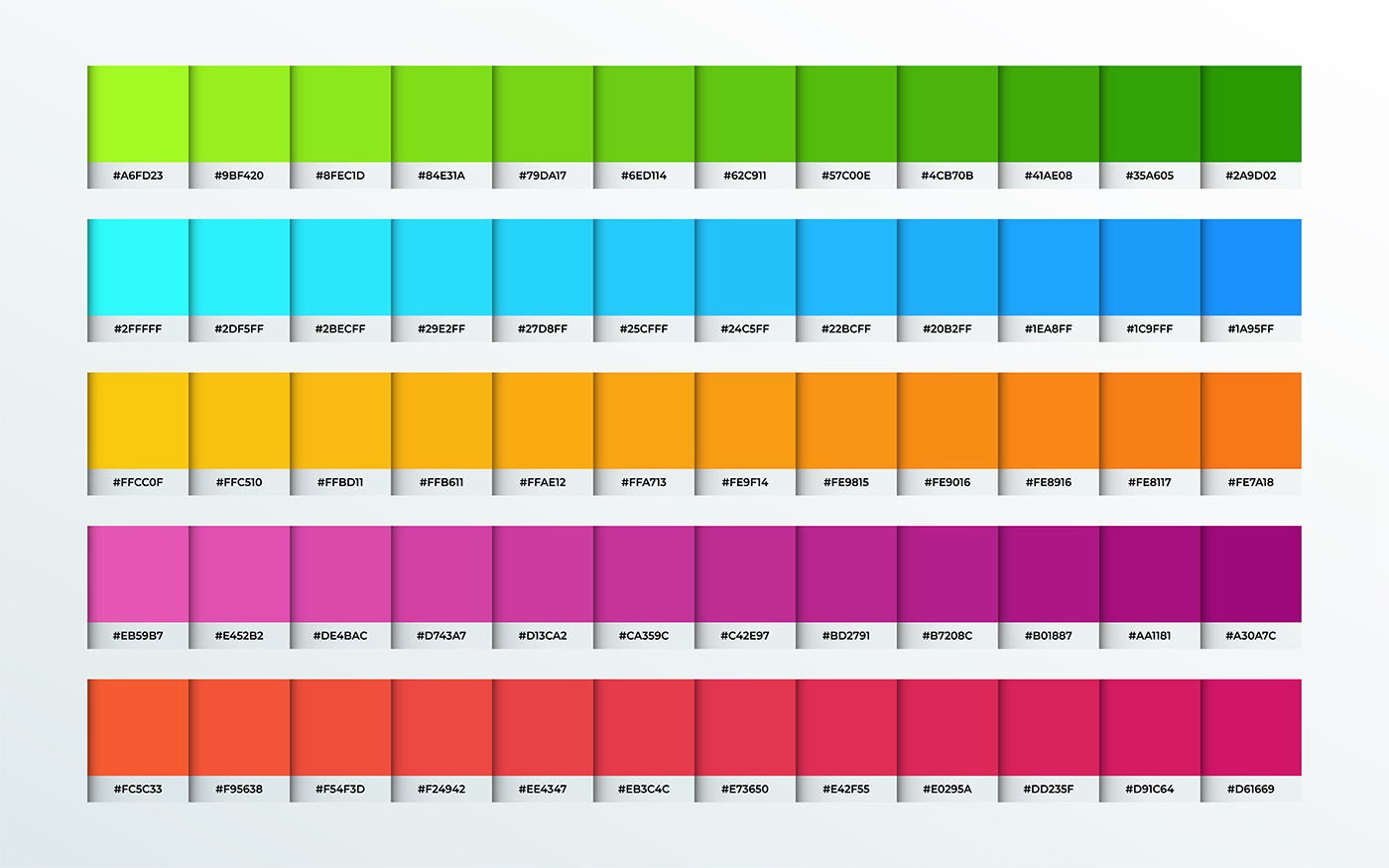A Series
4A0
Belonging to the ISO 216 series, the 4A0 paper size stands as a testament to the meticulous standardization that governs our world. This colossal sheet, measuring an impressive 1682 x 2378 millimeters, is not just a piece of paper; it's a canvas for grand ideas and expansive projects.
As part of the A series in ISO 216, the dimensions of 4A0 are derived from an aspect ratio of √2:1. This unique ratio ensures that when you halve or double the size of your paper along its longer side, you retain the same proportions. It's this ingenious design that allows for seamless scaling across all sizes within this series.
4A0 paper dimensions
Specs
| Format | in | mm | cm | pt |
|---|---|---|---|---|
| 2A0 | 46.81 x 66.22 | 1189 x 1682 | 119 x 168 | 3370 x 4768 |
| A12 | 0.51 x 0.71 | 13 x 18 | 1 x 2 | 37 x 51 |
| 4A0 | 66.22 x 93.62 | 1682 x 2378 | 168 x 238 | 4768 x 6741 |
| A11 | 0.71 x 1.02 | 18 x 26 | 2 x 3 | 51 x 74 |
| A10 | 1.02 x 1.46 | 26 x 37 | 3 x 4 | 74 x 105 |
| A3+ | 12.95 x 19.02 | 329 x 483 | 33 x 48 | 933 x 1369 |
| A1+ | 23.98 x 35.98 | 609 x 914 | 61 x 91 | 1726 x 2591 |
| A0+ | 35.98 x 50.87 | 914 x 1292 | 91 x 129 | 2591 x 3662 |
| A6 | 4.13 x 5.83 | 105 x 148 | 11 x 15 | 298 x 420 |
| A5 | 5.83 x 8.27 | 148 x 210 | 15 x 21 | 420 x 595 |
| A4 | 8.27 x 11.69 | 210 x 297 | 21 x 30 | 595 x 842 |
| A3 | 11.69 x 16.54 | 297 x 420 | 30 x 42 | 842 x 1191 |
| A9 | 1.46 x 2.05 | 37 x 52 | 4 x 5 | 105 x 147 |
| A2 | 16.54 x 23.39 | 420 x 594 | 42 x 59 | 1191 x 1684 |
| A8 | 2.05 x 2.91 | 52 x 74 | 5 x 7 | 147 x 210 |
| A1 | 23.39 x 33.11 | 594 x 841 | 59 x 84 | 1684 x 2384 |
| A7 | 2.91 x 4.13 | 74 x 105 | 7 x 11 | 210 x 298 |
| A0 | 33.11 x 46.81 | 841 x 1189 | 84 x 119 | 2384 x 3370 |
The sheer magnitude of 4A0 makes it ideal for large-scale applications such as architectural plans, engineering drawings or advertising billboards. Its expansive surface area provides ample space for detailed illustrations and comprehensive layouts without compromising on clarity or legibility.
Despite its size, however, it's worth noting that 4A0 isn't commonly used in everyday printing due to practical constraints. Yet its existence serves as a reminder of how far we can push boundaries when necessity calls for it.
While not frequently encountered in daily life, the significance and potential utility of the 4A0 paper size cannot be understated. It is an embodiment of thoughtful design principles and practical application - a testament to human ingenuity in creating standards that facilitate efficiency and consistency across diverse fields.
Other Formats in the A Series
Interesting facts about 4A0
1. The Largest Paper Size
4A0 paper is the largest standardized paper size in the ISO 216 series. It measures approximately 1682 x 2378 millimeters, providing an enormous canvas for printing large-scale posters, banners, and architectural plans.
2. Rarely Used
Due to its massive dimensions, 4A0 paper is rarely used in everyday printing. It is primarily utilized by specialized industries such as engineering, architecture, and graphic design where large-format prints are required.
3. A0's Big Brother
The 4A0 size is simply double the dimensions of A0 paper. Each subsequent "A" size doubles the area of the previous one while maintaining its aspect ratio (1:√2). This scaling system allows for easy enlargement or reduction of documents without altering their proportions.
4. Originated from Germany
The ISO 216 standard for paper sizes was first introduced in Germany during the early 20th century by Dr. Walter Porstmann and his colleagues at DIN (Deutsches Institut für Normung). The goal was to establish a consistent sizing system that would simplify international document exchange.
5. Global Adoption
The ISO 216 standard gained worldwide acceptance over time and is now used by most countries around the globe, with a few exceptions like Canada and the United States who still primarily use their own letter-based sizing systems.
6. Efficient Paper Utilization
The A-series sizes were designed to minimize waste when cutting larger sheets into smaller ones. For example, two sheets of A1 can be cut from one sheet of A0 with no leftover trimmings—a practical approach that reduces costs and optimizes resources.
7. A Mathematical Formula
The aspect ratio of the A-series paper sizes is based on the square root of 2 (√2). This mathematical relationship ensures that when a sheet is divided in half parallel to its shorter side, the resulting halves retain the same proportions as the original sheet.
8. International Standardization
The ISO 216 standard not only covers the A-series sizes but also includes B-series (used for posters and books) and C-series (used for envelopes). These size series are widely recognized and facilitate compatibility between different printing systems and equipment.
9. Variations Across Continents
While most countries have adopted ISO 216, there are still some regional variations in paper sizes. For instance, North America uses "Letter" (8.5 x 11 inches) and "Legal" (8.5 x 14 inches), while Japan has its own unique JIS sizes.
10. Beyond Paper
The ISO 216 standard extends beyond traditional paper to include other materials like films, foils, and microfiche cards. This allows for consistent sizing across various media types, ensuring compatibility in printing and reproduction processes.





